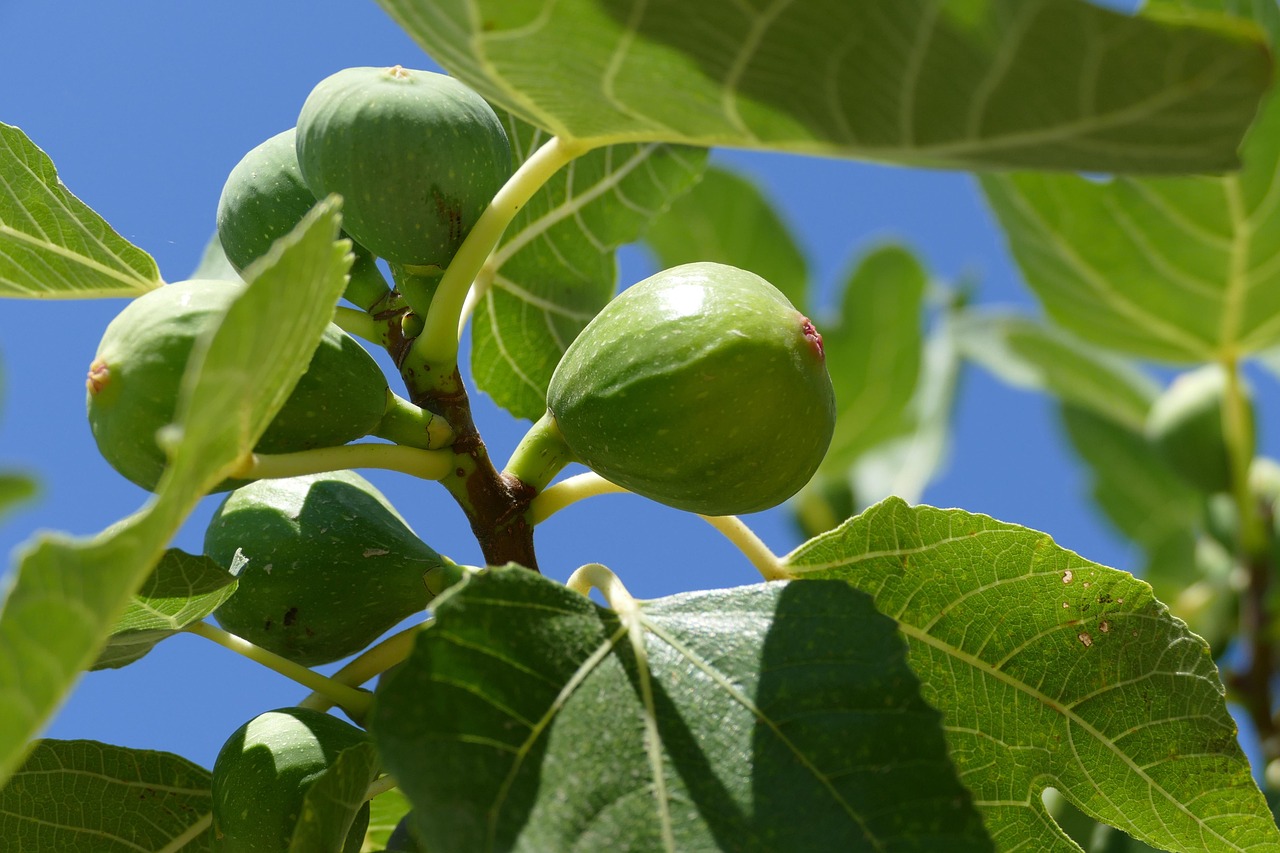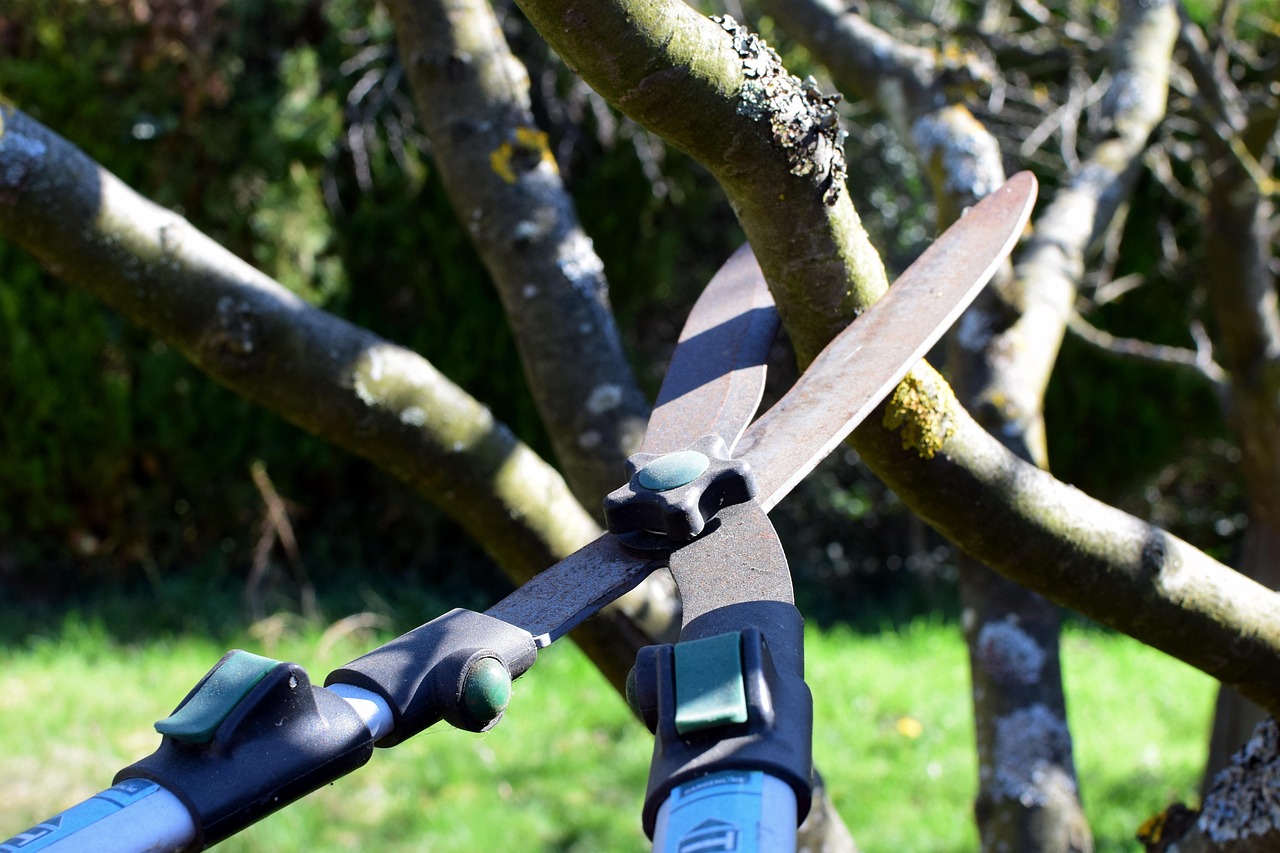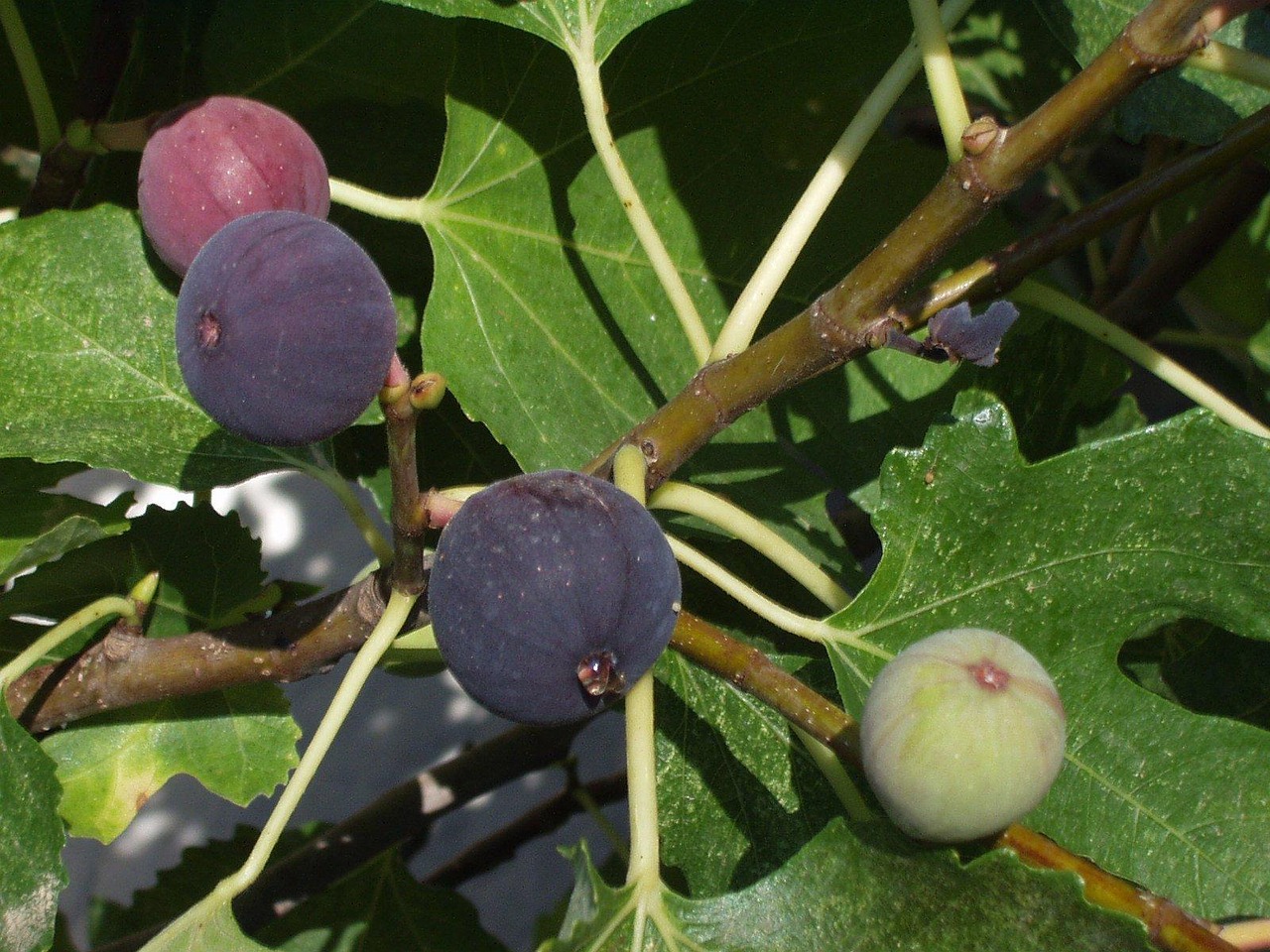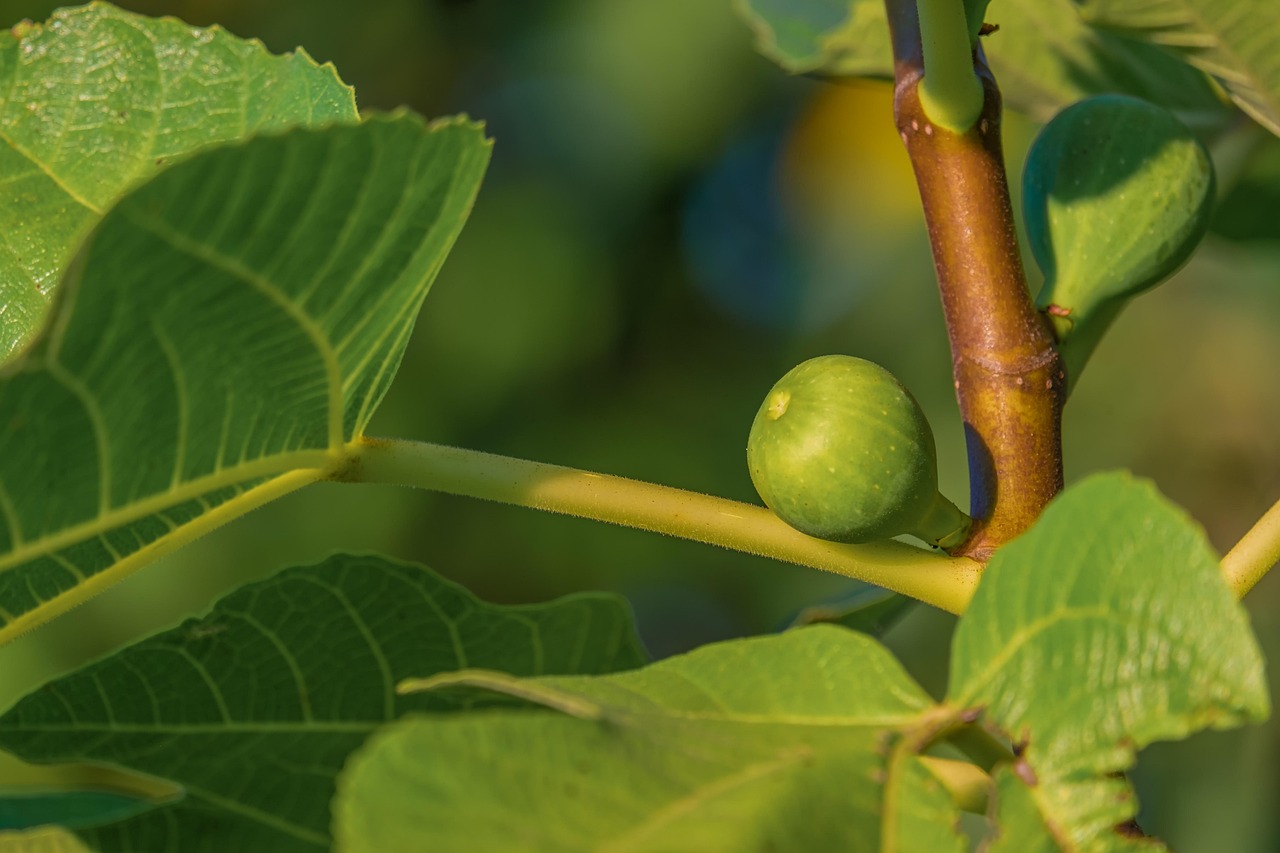Pruning young fig trees effectively encourages quicker fruit production by promoting healthy growth, improving air circulation, and allowing better sunlight exposure. Proper timing and techniques are essential for achieving optimal results.
Understanding Fig Trees
Fig trees are beloved for their sweet, succulent fruits. They belong to the genus Ficus and are native to the Mediterranean region. These trees thrive in warm climates and can grow in various soil types, although they prefer well-drained soil. The beauty of fig trees lies not only in their fruit but also in their lush foliage, making them a popular choice for gardens.

Young fig trees typically bear fruit in their second or third year. However, proper care, including pruning, is essential to encourage early fruiting. This process not only shapes the tree but also influences the quantity and quality of the fruit produced.
The Importance of Pruning
Pruning is a critical aspect of fig tree care. It serves multiple purposes that directly impact the tree’s health and productivity. Here are some key benefits of pruning young fig trees:
- Encourages Strong Growth: Pruning helps to remove weak or unhealthy branches, allowing the tree to focus its energy on producing strong new growth.
- Improves Air Circulation: Thinning out crowded branches enhances airflow within the canopy, reducing the risk of diseases.
- Increases Sunlight Exposure: Properly pruned trees receive more sunlight, which is essential for photosynthesis and fruit development.
- Shapes the Tree: Pruning helps create a desirable shape, making it easier to manage and harvest the figs.
When to Prune Young Fig Trees
The timing of pruning is crucial for young fig trees. Ideally, pruning should occur during the late winter or early spring when the tree is still dormant. This timing minimizes stress on the plant and encourages vigorous growth as the weather warms up. It is important to avoid pruning during the growing season, as this can lead to unnecessary sap loss and weaken the tree.

Pruning Techniques
Several techniques can be employed when pruning young fig trees. Each method has specific purposes and benefits. Here are some common techniques:
- Heading Back: This technique involves cutting back the tips of branches to promote bushier growth. It encourages lateral branching and can help shape the tree.
- Thinning: Thinning involves removing entire branches to reduce crowding. This allows sunlight to penetrate deeper into the canopy.
- Cleansing: Remove any dead or diseased wood to maintain overall tree health. This practice prevents the spread of pests and diseases.
- Training: Train the main leader by selecting a strong central stem and cutting back competing leaders. This helps establish a strong structure for future growth.
Tools Needed for Pruning
Having the right tools is essential for effective pruning. Here is a list of tools that can make the process easier and more efficient:
- Pruning Shears: Sharp shears are necessary for making clean cuts on smaller branches.
- Loppers: For larger branches, loppers can provide more leverage and cutting power.
- Saw: A pruning saw may be needed for removing thicker branches that cannot be cut with shears or loppers.
- Gloves: Protective gloves will help prevent cuts and scrapes during the pruning process.
Caring for Your Fig Tree Post-Pruning
After pruning, it is essential to care for your young fig tree properly. This includes regular watering and mulching to retain soil moisture. Additionally, fertilizing in early spring can provide essential nutrients to support new growth. Monitoring for pests and diseases is also crucial during this time as the tree recovers from pruning.

By implementing these techniques and understanding the importance of pruning, you can significantly enhance your young fig tree’s growth and fruiting potential. With patience and care, you will enjoy a bountiful harvest in no time.
Common Mistakes to Avoid When Pruning Fig Trees
Pruning can be a delicate process, and mistakes can lead to poor growth or reduced fruit production. Understanding common pitfalls will help you ensure your young fig tree thrives. Here are some mistakes to avoid:
- Pruning at the Wrong Time: Pruning during the growing season can stress the tree. Always prune during late winter or early spring when the tree is dormant.
- Over-Pruning: Removing too many branches can harm the tree’s ability to produce fruit. Focus on strategic cuts rather than excessive thinning.
- Neglecting Tree Shape: Failing to maintain a balanced shape can result in weak growth. Regularly assess the tree’s structure as you prune.
- Ignoring Tools: Using dull or inappropriate tools can cause jagged cuts, leading to increased vulnerability to pests and diseases. Always use sharp, suitable tools for the job.
Signs Your Fig Tree Needs Pruning
Recognizing when your fig tree needs pruning is vital for maintaining its health and productivity. Here are some signs that indicate it’s time to take action:

- Excessive Growth: If your fig tree has grown too large or dense, it may require pruning to encourage better air circulation.
- Weak or Diseased Branches: Look for any branches that are dead, diseased, or damaged. These should be removed promptly to protect overall tree health.
- Poor Fruit Production: If your fig tree is producing fewer fruits than expected, it might benefit from strategic pruning to stimulate growth.
- Unbalanced Shape: If the tree appears lopsided or uneven, corrective pruning can help establish a more balanced structure.
Enhancing Fig Fruit Quality through Pruning
In addition to increasing fruit quantity, proper pruning techniques can also enhance the quality of figs produced. Here are some ways pruning contributes to better fruit quality:
- Improved Sunlight Exposure: By allowing more sunlight to reach the inner branches, figs develop a sweeter taste and better texture.
- Better Airflow: Enhanced airflow reduces moisture accumulation, which diminishes the risk of fungal diseases that can affect fruit quality.
- Focused Energy Distribution: Pruning directs the tree’s energy toward fewer, stronger branches, leading to larger and healthier figs.
Understanding Fig Tree Varieties and Their Pruning Needs
Diverse fig tree varieties exist, each with unique characteristics and care requirements. Understanding these differences can help you tailor your pruning techniques accordingly. Below is a brief overview of some popular fig varieties:
| Fig Variety | Fruit Color | Maturity Time | Pruning Needs |
|---|---|---|---|
| Brown Turkey | Brown to Purple | Midsummer | Moderate; focus on shaping and thinning |
| Smyrna | Green to Yellow | Late Summer | Heavy; requires regular thinning for airflow |
| Celeste | Pale Blue | Eearly Summer | Light; mainly for shape maintenance |
| Kadota | Yellow | Midsummer | Moderate; focus on removing old wood |
The Role of Fertilization in Pruning Success
Fertilization plays a crucial role in maximizing the benefits of pruning. After pruning, young fig trees need adequate nutrients to recover and promote new growth. Here are some tips on how to fertilize effectively:
- Select the Right Fertilizer: Use a balanced fertilizer with equal parts nitrogen, phosphorus, and potassium (NPK) to support overall growth.
- Timing Matters: Apply fertilizer in early spring before new growth begins. This timing ensures that nutrients are available when the tree needs them most.
- Avoid Over-Fertilizing: Too much fertilizer can lead to excessive foliage growth at the expense of fruit production. Follow label instructions carefully.
- Organic Options: Consider using organic fertilizers like compost or well-rotted manure for a slow-release nutrient source that improves soil health.
The Impact of Climate on Fig Tree Pruning
The climate in which your fig tree resides significantly influences its growth and pruning needs. Understanding local climate conditions is vital for successful fig cultivation. Here are some factors to consider:
- Temperature Variability: Fig trees thrive in warm climates but can be sensitive to extreme cold. In colder regions, pruning should be done cautiously to avoid exposing vulnerable areas.
- Humidity Levels: High humidity can lead to fungal issues. Pruning for better airflow becomes even more critical in such environments.
- Sunlight Availability: Ensure that your fig tree receives ample sunlight throughout the day. Pruning can help optimize light exposure, especially in shaded areas.
Understanding the relationship between climate and pruning will enable you to make informed decisions about when and how to prune your young fig tree effectively.
Advanced Pruning Techniques for Fig Trees
As you become more comfortable with basic pruning techniques, you may want to explore advanced methods that can further enhance the growth and fruiting of your young fig tree. These techniques require a deeper understanding of tree structure and growth patterns.
Espalier Training
Espalier training is a technique used to grow trees against a wall or fence in a flat, two-dimensional form. This method not only saves space but also makes it easier to manage and harvest figs. Here are the steps to successfully espalier your fig tree:
- Select the Right Location: Choose a sunny, sheltered spot against a wall or fence.
- Start with Young Trees: Begin training when the fig tree is still young, ideally in its first or second year.
- Use Support Structures: Install horizontal wires or trellises to guide the branches as they grow.
- Regular Pruning: Continuously prune side shoots to maintain the desired shape and encourage fruiting along the horizontal branches.
Crown Thinning
Crown thinning involves selectively removing branches from the crown of the tree. This method increases sunlight penetration and air circulation, which are crucial for fruit development. Follow these guidelines for effective crown thinning:
- Identify Crowded Areas: Look for areas where branches cross or grow too closely together.
- Selectively Remove Branches: Cut back weaker branches or those growing inward toward the center of the tree.
- Maintain Balance: Ensure that you maintain a balanced structure while thinning to avoid creating an uneven tree shape.
Pruning for Pest and Disease Management
Maintaining the health of your fig tree is essential for optimal fruit production. Proper pruning can help manage pests and diseases effectively. Here are some practices to consider:
- Remove Infected Wood: Regularly inspect your fig tree for signs of pests or diseases, such as discolored leaves or unusual growths. Remove any affected branches promptly.
- Open Canopy: Pruning helps create an open canopy that reduces humidity and minimizes the risk of fungal diseases.
- Promote Beneficial Insects: Encourage natural predators by maintaining healthy plants nearby. Avoid using harsh chemicals that could harm beneficial insects.
The Role of Soil Health in Fig Tree Growth
The health of the soil directly impacts the growth and productivity of your fig tree. Healthy soil supports robust root systems and nutrient uptake. Here are some ways to maintain optimal soil health:
Soil Testing
Conducting a soil test can provide valuable information about nutrient levels and pH balance. Based on the results, you can amend your soil accordingly. Here are key components to consider:
| Nutrient | Optimal Range | Adjustment Methods |
|---|---|---|
| Nitrogen | 10-15 ppm | Add organic fertilizers or compost |
| Phosphorus | 20-30 ppm | Add bone meal or rock phosphate |
| Potassium | 150-200 ppm | Add potassium sulfate or greensand |
| pH Level | 6.0-6.8 | Add lime to raise pH; sulfur to lower pH |
Organic Matter Addition
Incorporating organic matter into your soil improves its structure, enhances nutrient availability, and promotes beneficial microbial activity. Consider these options:
- Compost: Use well-decomposed compost to enrich your soil with nutrients.
- Mulching: Apply organic mulch around the base of the tree to retain moisture and suppress weeds.
- Cover Crops: Plant cover crops during the off-season to prevent erosion and enhance soil fertility.
Irrigation Practices for Young Fig Trees
Proper irrigation is essential for young fig trees, especially after pruning. Adequate water supply helps trees recover from pruning stress and promotes healthy growth. Here are some irrigation tips:
Watering Techniques
The method of watering can significantly affect root development. Consider these techniques:
- Drip Irrigation: This method delivers water directly to the root zone, minimizing waste and ensuring deep watering.
- Soaker Hoses: Soaker hoses can be laid on the soil surface to provide slow, even watering.
- Deep Watering: Water deeply but infrequently to encourage deep root growth, which is beneficial for drought resistance.
Irrigation Timing
The timing of irrigation is critical, especially during dry spells. Here are best practices:
- Morning Watering: Watering in the early morning allows time for moisture to soak in before evaporation occurs.
- Avoid Watering During Heat: Avoid watering during hot afternoons, as this can cause stress to the plant and lead to water loss.
Implementing these advanced techniques and understanding the surrounding factors will help ensure that your young fig tree thrives and produces delicious fruit efficiently.
Maintaining Your Fig Tree for Long-Term Success
After implementing pruning techniques and ensuring proper care for your young fig tree, it is essential to maintain a routine that supports its long-term health and productivity. Regular monitoring and care practices will help your tree thrive and maximize fruit production.
Seasonal Care Practices
Different seasons bring unique care requirements for your fig tree. Understanding these seasonal needs will enhance its growth. Here are some practices to follow throughout the year:
- Spring: This is the prime time for pruning and fertilizing. As new growth begins, ensure the tree receives adequate water and nutrients to support budding leaves and fruits.
- Summer: Monitor for pests and diseases during the warm months. Regularly check the soil moisture levels, especially during dry spells. Mulching can be beneficial to retain moisture and reduce weeds.
- Fall: As temperatures drop, reduce watering. This is also a good time to prepare the tree for winter by applying a layer of mulch around the base to protect roots from freezing temperatures.
- Winter: During dormancy, focus on maintaining a clean area around the tree. Inspect for any signs of damage or disease, and plan your pruning for the following spring.
Soil Amendments for Optimal Growth
Improving soil quality can significantly impact your fig tree’s performance over time. Consider these soil amendments for better growth:
- Organic Matter: Adding organic matter, such as compost or well-rotted manure, enhances soil structure and nutrient content.
- Mulching: Apply organic mulch to regulate soil temperature, retain moisture, and suppress weeds. This practice also adds nutrients as the mulch breaks down.
- pH Adjustment: Regularly check soil pH and amend as needed. Fig trees prefer slightly acidic to neutral pH levels (around 6.0 to 6.8).
Pest Management Strategies
Pests can pose a threat to your fig tree’s health and fruit quality. Implementing integrated pest management strategies can help maintain a healthy tree:
- Regular Inspections: Monitor your fig tree frequently for signs of pests, such as aphids, spider mites, or fruit flies.
- Natural Predators: Encourage beneficial insects like ladybugs and lacewings, which can help control pest populations naturally.
- Organic Insecticides: If necessary, use organic insecticides that are safe for fruit trees, applying them according to label instructions to minimize harm to beneficial insects.
Final Thoughts
Pruning young fig trees is a vital practice that promotes quick fruiting and overall health. By understanding the specific needs of your tree and implementing proper techniques, you can enjoy a fruitful harvest sooner rather than later. Key aspects include timing your pruning correctly, ensuring adequate care post-pruning, and maintaining optimal soil conditions.
As you cultivate your young fig tree, remember that patience is essential. Fig trees may take time to establish themselves fully, but with diligent care, you will be rewarded with bountiful and delicious fruits.
In conclusion, adopting a holistic approach to fig tree care—incorporating advanced pruning techniques, seasonal maintenance, pest management, and soil health—will set you on the path to success. Your efforts today will lead to thriving trees that produce sweet figs for years to come.
With proper attention and care, your young fig tree will not only thrive but will become a cherished part of your garden, providing enjoyment and nourishment for you and your family.
